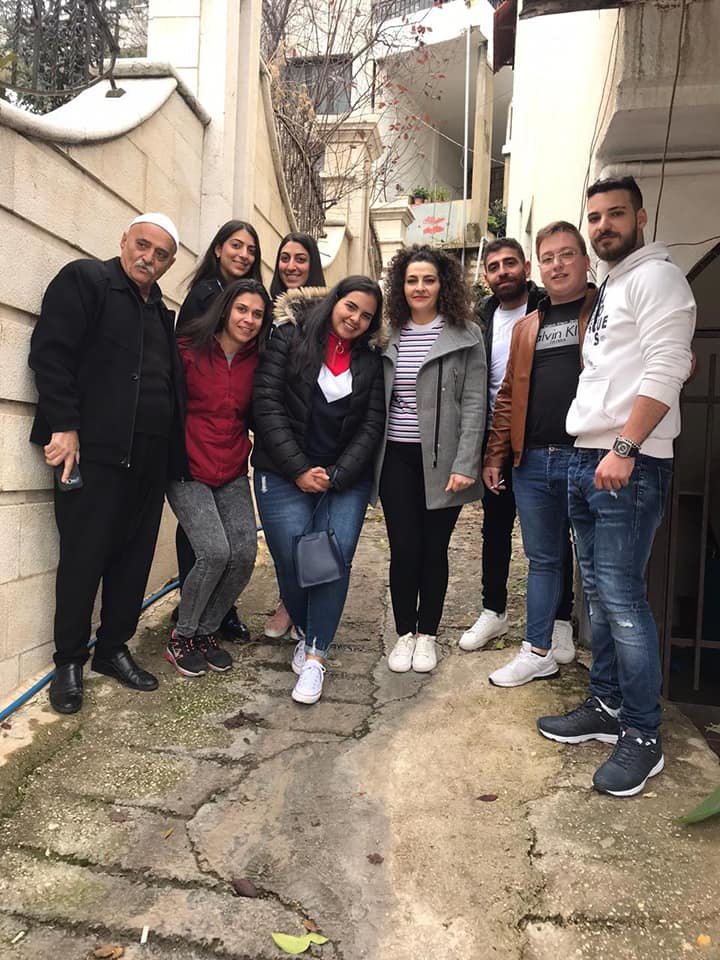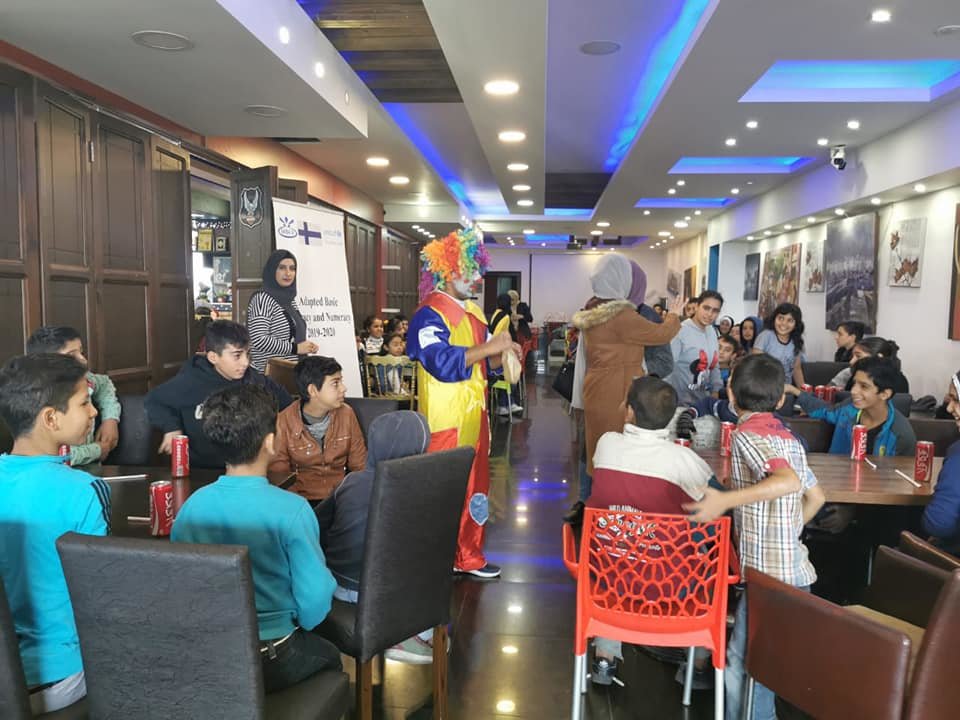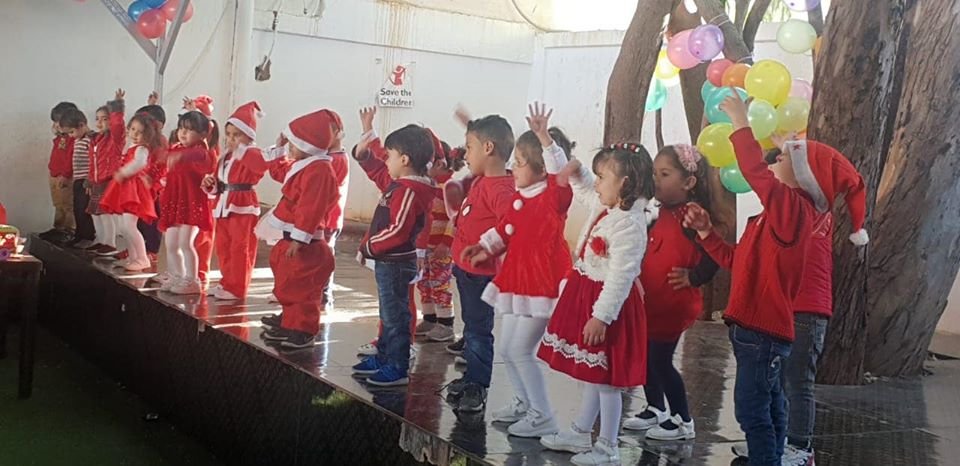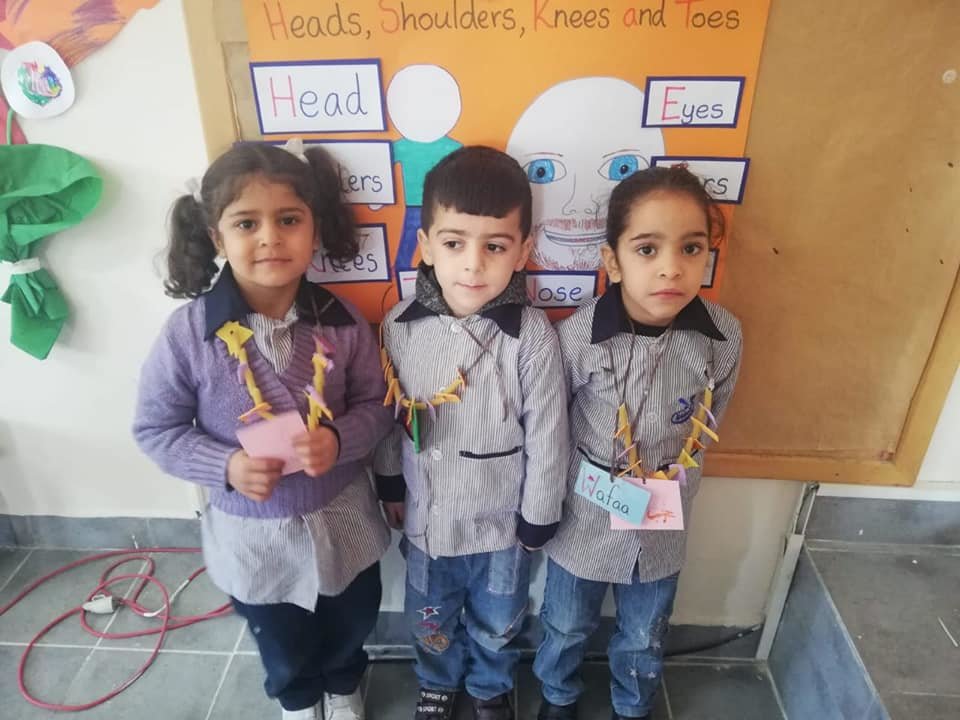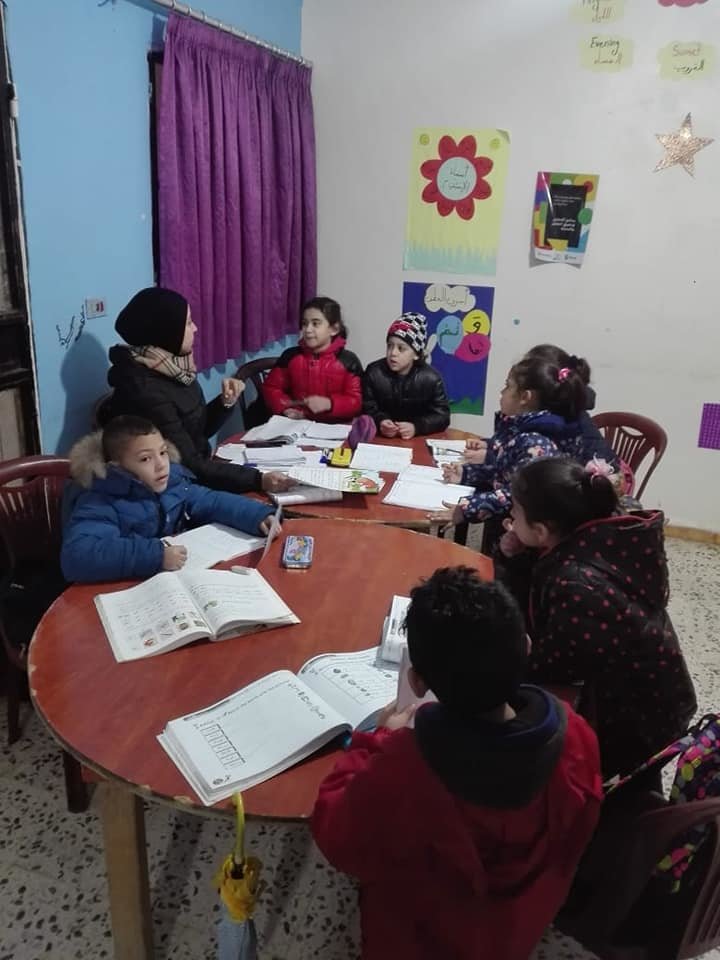By Hiba Hamzi | Program Coordinator
Education without Borders
Background during and after the implementation of the project;
Over the past year, as pressure on basic services has mounted and economic opportunities dwindled, the displaced have increasingly turned to negative coping strategies. At the same time, attitudes among Lebanese host communities have hardened[1].
Palestinian refugees are mostly hosted by the poorest communities in Lebanon. The average age of those registered with UNRWA is 25, and 51 per cent are women, 26 per cent are school age children and 15 per cent are infants[2]. As in the beginning of the Syrian crises Headed households did not accompany their families when they flee out of Syria where fathers decided to stay inside Syria with their adolescent males.
The Palestinian community in Lebanon is young with 36% of the total population of Palestinian refugees from Lebanon (PRL) aged between 14 and 35 years and for Palestinian refugees from Syria (PRS) the number is 37%. As of October 2018, the Government of Lebanon (GoL) estimates that the country hosts 1.5 million Syrians who have fled the conflict in Syria (including 950,3341 registered as refugees with UNHCR, of which 25.2% are women, 19.4% men, 27.1% are girls, 28.3% are boys with diverse backgrounds and specific needs), along with 28,800 Palestinian refugees from Syria (PRS) and a preexisting population of an estimated 180,000 Palestinian refugees from Lebanon (PRL) living in 12 camps and 156 gatherings.
Palestinian children in Lebanon suffer from multiple risk factors and disadvantages that impede their development. Palestinian refugee children in Lebanon form a distinct and disadvantaged sector, characterized not only by extreme poverty, but also by a mix of low status, limited opportunities, increased vulnerability, and social exclusion. High levels of stress and anxiety negatively affect their healthy growth and development.
Naba’a Achievements; During the last period, The most highlighted achievements during the last period;
- Drop out and at risk children enrol in after school program, and children with learning difficulties enrol in accelerated learning program; Nabaa’ provided inclusive education for boys and girls of school age (6-12 years) in three Palestinian camps in Lebanon, “Ein El Helwe camp”, “Rashidieh camp”, “Nahr Al Bared camp, Borj Al Shamali, El Buss camps and Qasmieh gathering” inside Nabaa’ centers, “In line with UNRWA's educational reform to support the education of refugees children from Syria, Palestinians or Syrians.
- Regarding primary level, where we worked on coordination and effort with 8 schools noted that around 6479 girls and boys have been benefited from this program.
- Where 632 Palestinian refugee children from Syria and Syrians who are out of school have benefited from the Accelerating Learning program and we’ve worked to facilitate their integration into UNRWA schools or in Lebanese public schools in coordination with the Education Committee, which is administered by the High Commissioner for Refugees and UNICEF.
- youth enroll in vocational training opportunities and youth gain access and skills to initiate social and economic ventures; Unemployment is one of the biggest challenges of youth and their and their families and it badly effect the youth situation. Thus, Naba’a intervention designed to stimulate young people to self-support and/or get opportunity to work in different capacities by allowing them to develop practical vocational skills and entrepreneurship capabilities and to provide business start-up financing small scale business schemes. Where as, Empowering 500 young men and women professionally and socially whom are dropped out of school, including persons with disability, aged between 15 and 24 whom are living in Zahrani, Tyr, Bent Jbeil and hasbaya district.
- Improve the economic and social participation of young people with and without disabilities in the Palestinian refugees (Ein El Helweh, Borj El Shamali and El Buss camps) in Lebanon. Taking into consideration a disability-inclusive approach ensuring that youth with disabilities equally benefit from and participate in the project activities.
Case Study;
ü Poor family economic situation
ü Live in small house
ü Bullying by the classmates
ü Dropout from school
The girl was one of the most active girls in our activities as in the awareness sessions that we were implemented within the project – where we provide awareness sessions about child protection, risks of early marriage, importance of education, advocacy and leadership, but recently signs of change began to appear on her, she became introverted, inactive, low self-esteem, and she started to miss the sessions.
After two weeks of returning to school, as usual the social worker contact with the girl to know more about her feeling and her news at the beginning of the new school year especially she failed last year, during the call, the social worker has been shocked by the news she was heard about her school dropout, she asked her why you left the school she answered:” I don’t want the school any more, I’m a failure girl, and I’m being bullied from my class mates they had described me by loser; with a sad voice”.
The social worker had carried out home visit for the girl, after she learned that the girl dropped out from school, where she notified her that she was also exposed to emotional bulling from her classmates. She is older than her class mates since she repeated her class for the second year. That’s why her friends in the class stay always away from her, which made her feel lonely in the school and what led her to neglected her studies and no longer attended school daily. In addition, her family could not give her sufficient support to keep her in the school, especially they were preoccupied with her divorced sister that live with them at the same home with her baby son, and they can’t put her in private school since their bad economic situation will not allow them.
After that the social worker put a treatment plan for the girl to take her out of this atmosphere and replay her to school. She started working with her and her family by giving them more sessions about the importance of education and how it’s important to encourage their daughter to return back to school. Also she was involving the girl with psychosocial activity program to give her the techniques to cope with difficult situations such as bullying.
The bullying that led her to dropout from school, influenced her negatively, her self -esteem decreased and she didn’t like the school any more that what forced her to left the school and destroy her future.
As well to complete the support, a several awareness sessions had been provided to her family by Naba’a team such as life skills, positive parenting, communication skills, child protection and importance of education. With a full follow-up by the social worker that worked with the girl to re-build her self-confidence and encouraged her to follow her studies for better future.
They also met with the girl's school counselor to sensitize them about the bulling cases that happens in the school and to make the school environment more friendly and protected.
This case because she has a good relation with the project’s team and trust them. the social worker with the help of the management team tried to find a suitable way to her which assist the girl and support her socially and psychologically.
[1] Lebanon Stabilization and Recovery Program – 2017
[2] Palestinian Refugee children and women (Lebanon – Jordan) – UNICEF
Links:
Project reports on GlobalGiving are posted directly to globalgiving.org by Project Leaders as they are completed, generally every 3-4 months. To protect the integrity of these documents, GlobalGiving does not alter them; therefore you may find some language or formatting issues.
If you donate to this project or have donated to this project, you can receive an email when this project posts a report. You can also subscribe for reports without donating.
Support this important cause by creating a personalized fundraising page.
Start a Fundraiser